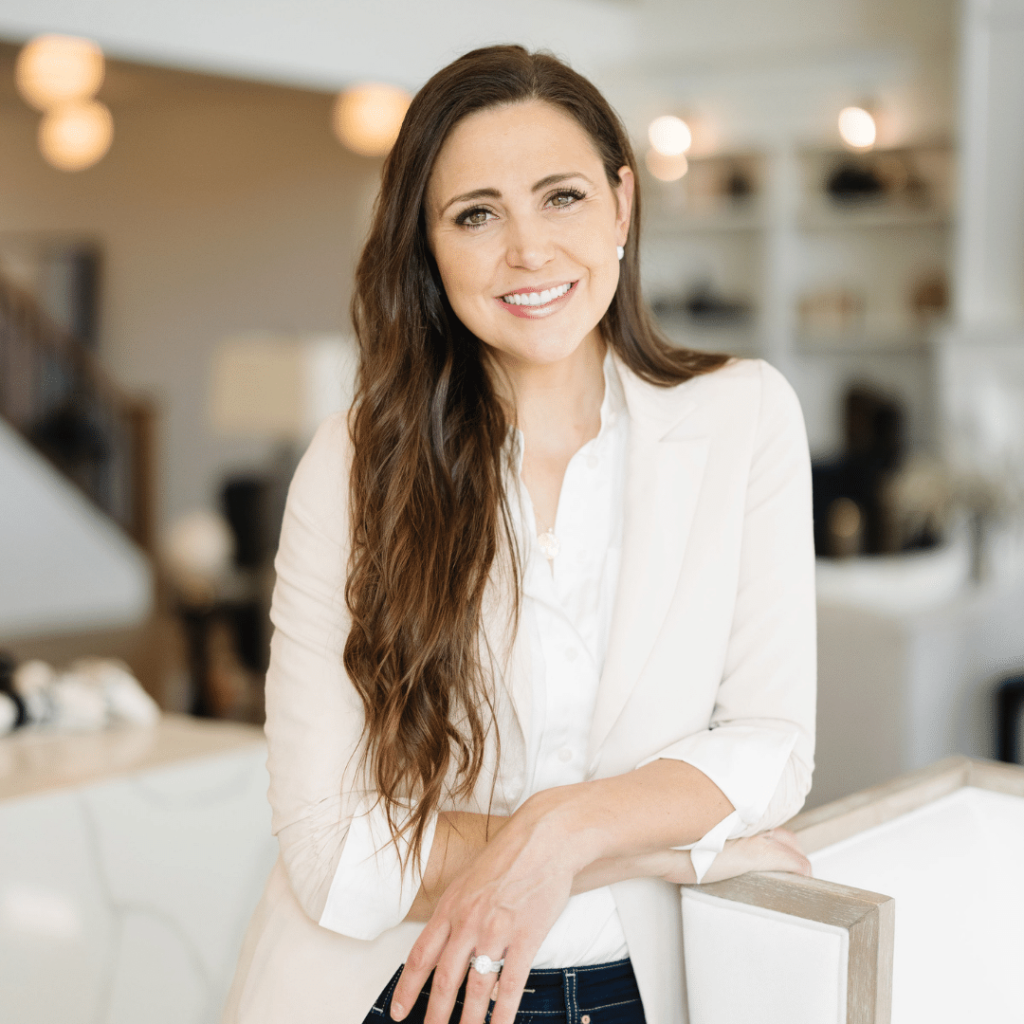The Show Notes
If you’ve caught a few episodes of the podcast, you might be discovering the many work opportunities for instructional designers. Each of our guests has had slightly different experiences and highlight the uniqueness of those positions.
In today’s episode, we are talking with former teacher and current Senior Instructional Designer at the University of Arizona, Laura McAllister. Laura’s experience is so insightful because she has worked in several Instructional Design roles, as a designer, and as a consultant. In her current role, she still works directly on courses, but she also oversees a team of designers in her department.
This episode is part of a live interview we did with Laura, and the questions are coming straight from the Teacher Transition community. Inside of the From Teacher to Instructional Designer course, Laura offers some behind the scenes training using an LMS (Learning Management System) where she spends a lot of her time building courses with professors at the university.
The Highlights of Being an Instructional Designer
For Laura, being an instructional designer is a perfect job because she loves to learn. Because she works with so many professors of different content areas, she is essentially taking the course herself every time she helps design a course.
Laura also loves discovering how people learn best. She has been surprised to find that so many of the motivational principles that she used in the elementary classroom have actually transferred to adult learners.
A Day in the Life of an Instructional Designer
Laura shared that there are so many parts of her job as a Senior Instructional Designer. For one, she loves that ultimately, her job is still centered on ensuring that students are successful in their learning experience.
Laura spends a lot of time in meetings with professors, who are content specialists, but not necessarily learning specialists. Laura works with professors to take their content and get it online. This requires her to do things like develop learning objectives and reverse engineer units and lessons to ensure students learn the content.
Another important job of an instructional designer is being the liaison between the different specialists in the department, such as graphic designers or videographers. An instructional designer has to be able to cast a clear vision for all parties involved.
Instructional designers will often also be responsible for creating workshops and professional development for professors. These can cover a wide range of topics and are usually based on the unique needs of the professors at that university.

What Laura Wants You To Know About Becoming an Instructional Designer
Laura shared so many helpful tips for anyone who wants to pursue a career path like hers. If you’re craving more opportunities, she encourages you to chase that curiosity and see where it takes you! Do some research about careers that spark your interest. Take a course. Learn, play and see what you discover.
If you are specifically interested in something like instructional design, learn everything you can about the resources and software that instructional designers use. For some of these tools like Canvas, you can create your own free account and get started.
Laura’s last bit of advice was to not feel intimidated about exploring a new career. You just need to be willing and motivated to learn! She also pointed out that many instructional design positions will not require a master’s degree.
What You Might Be Encouraged To Know
You also definitely don’t need to be an expert in all areas of instructional design. The most important quality you could have is being motivated to be a self-directed learner. Your teaching background is also immensely valuable because you understand the learning process.
Laura also pointed out how important your soft skills play in an instructional design role. Things like being a problem-solver, a good communicator, and being quick to empathize or celebrate success is going to be crucial to your effectiveness in this role, just like it was in the classroom.
Did anything Laura shared make you curious about pursuing instructional design? If you’re ready to explore the possibility of pursuing a career as an instructional designer, I want to hear from you! What questions do you have? And how can I support you?
If you’re ready to dive in, be sure to grab the course using the coupon on the checkout page before it disappears! And don’t wait, because the price of the course will be going up soon!
Ready to Become an Instructional Designer Too?
If you enjoyed this episode I invite you to take a screenshot and tag me on your Instagram stories @teachertransition and tell me your biggest takeaway!
Want to know if you would enjoy being an instructional designer? Click here to take the quiz to find out!
A Breakdown of This Episode:
- [4:21] Discover how you can start teaching yourself about tools like Canvas to get experience with instructional design tools
- [9:47] Learn about all of Laura's different roles in instructional design
- [14:37] This is the advice Laura wishes she could tell herself when she was in the classroom
- [20:07] Listen to Laura describe ways she supports professors in her role
- [31:43] Laura shares why you shouldn't be so intimated to make the jump into instructional design
Have you joined the Podcast Facebook Community yet?
This episode may be over, but connecting doesn’t have to! Come join us each week to share your takeaways from this week’s episode. Let this community help brainstorm with you and help you get one step closer to your next career!
Resources Mentioned in the Show
- Ready to dive into YOUR career in instructional design? Click HERE to enroll in the course- From Teacher to Instructional Designer today!


